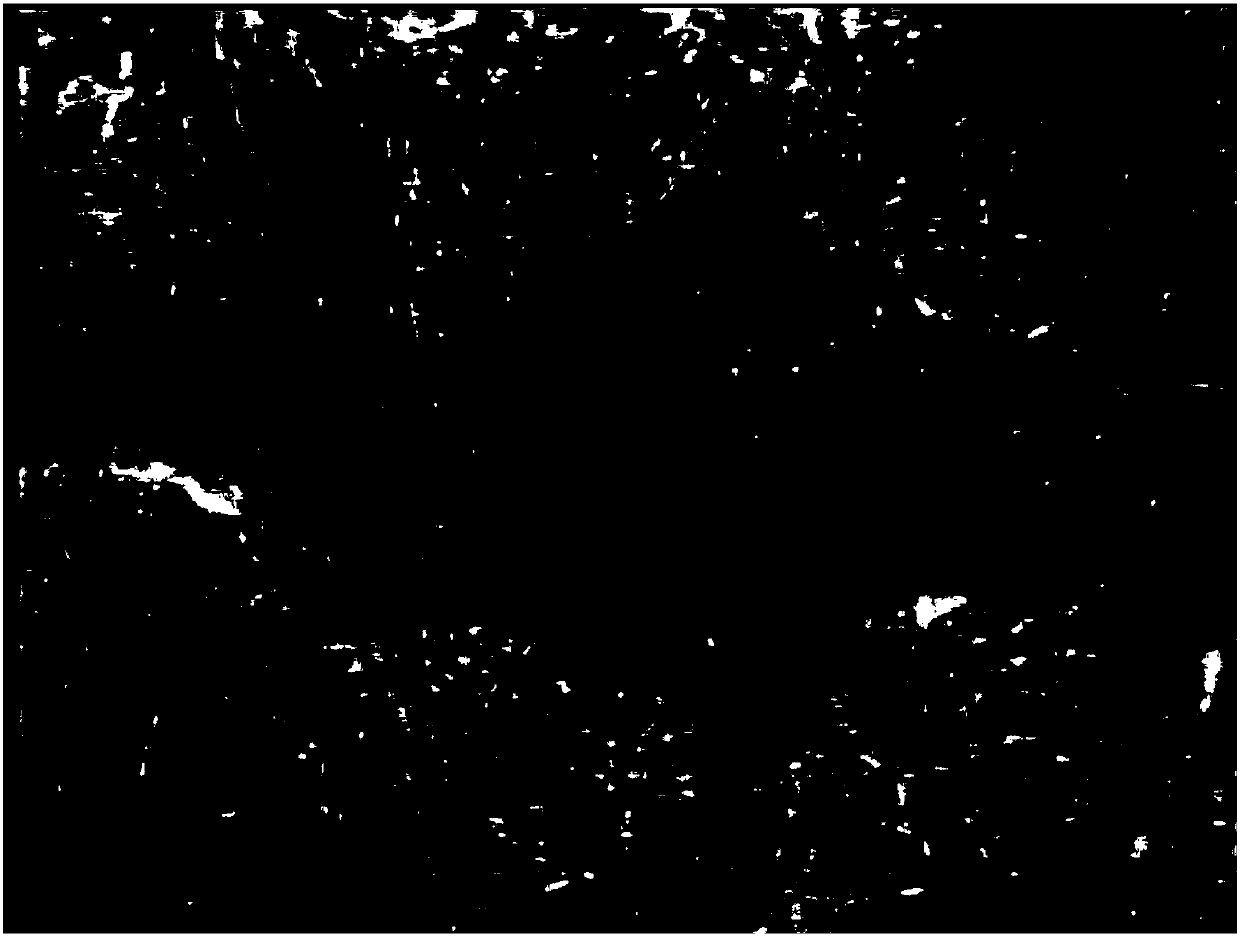Method for producing a structured microfilament nonwoven
A non-woven fabric and structured technology, applied in the field of textiles, can solve the problems of non-woven fabric structured patterns not very durable, the influence of multiple washing and dyeing processes, loose structure, etc., to achieve good thermophysiological comfort, good continuous durability Effects on washability, skin comfort and appearance
- Summary
- Abstract
- Description
- Claims
- Application Information
AI Technical Summary
Problems solved by technology
Method used
Image
Examples
Embodiment Construction
[0088] 70% PET and 30% PA6 are melted with the aid of 2 extruders, they are converged into a spinning nozzle for bicomponent filaments and extruded together in the form of continuous PIE16 filaments at approx. 3500m / min speed stretched to about 2.4 dtex in the unsplit state, and laid on the laying belt to 37g / m 2 Rosa. The yarn is stabilized, and if necessary heated, by an air flow which passes through the yarn from above and penetrates the laying belt and which is sucked away from below. With only a few centimeters of free hanging, the rabbet was guided into a calender with a line pressure of 33 daN / cm and a temperature of both rolls of 150°C. The thermally preconsolidated nonwoven is rolled up so that it can be manipulated (rolled and unrolled) and supplied to the rest of the waterjet preconsolidation device.
[0089] In the case of water jet pre-consolidation, which is guided by means of four rollers, the following steps are interrelated: splitting of the pre-consolidati...
PUM
 Login to View More
Login to View More Abstract
Description
Claims
Application Information
 Login to View More
Login to View More - R&D
- Intellectual Property
- Life Sciences
- Materials
- Tech Scout
- Unparalleled Data Quality
- Higher Quality Content
- 60% Fewer Hallucinations
Browse by: Latest US Patents, China's latest patents, Technical Efficacy Thesaurus, Application Domain, Technology Topic, Popular Technical Reports.
© 2025 PatSnap. All rights reserved.Legal|Privacy policy|Modern Slavery Act Transparency Statement|Sitemap|About US| Contact US: help@patsnap.com

